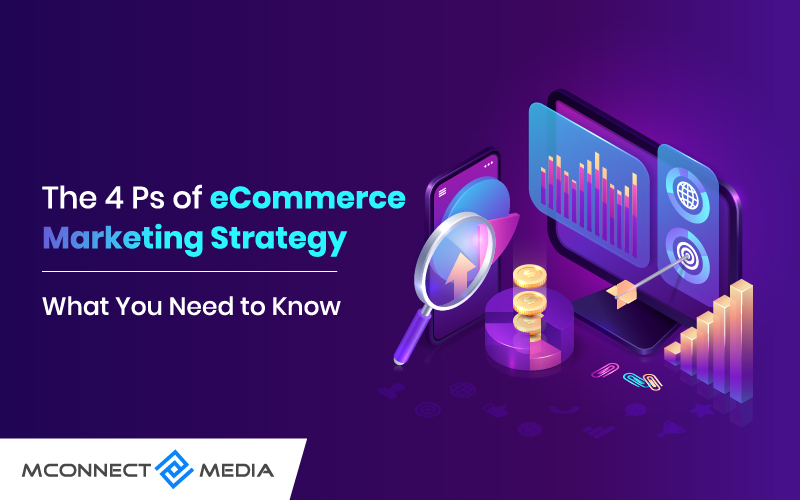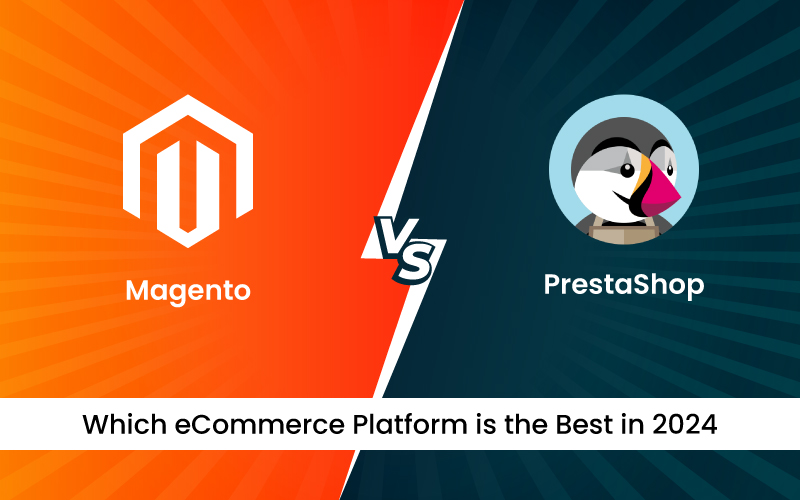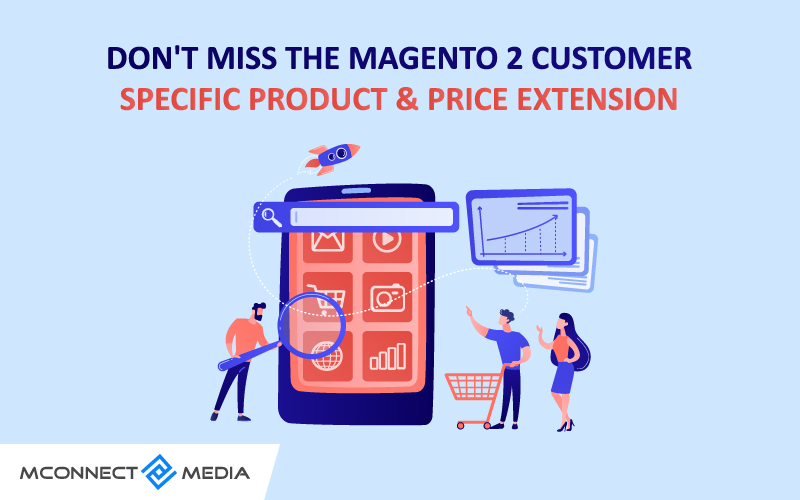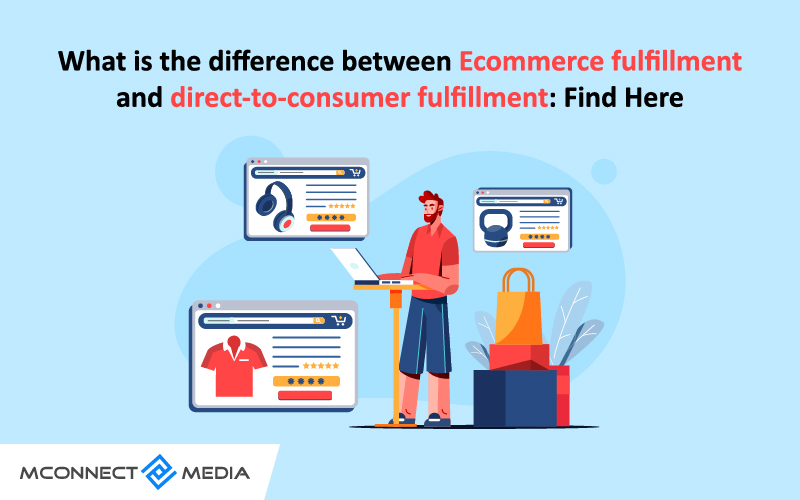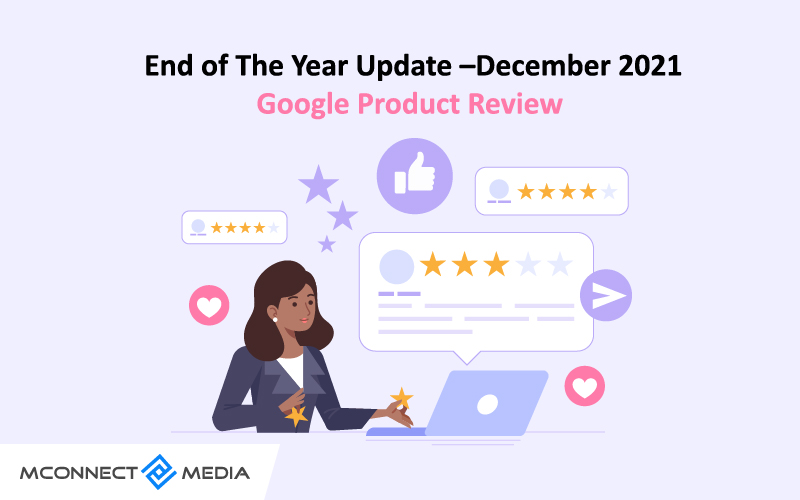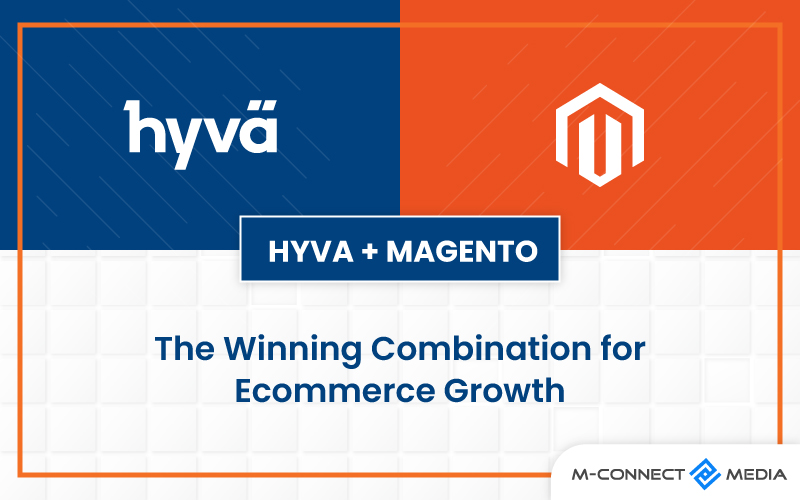Creating a brand is as difficult as building a monument. This implies that developing tactics that work and produce the desired results requires a significant amount of time. Here, we shall show how to develop a brand in 2022 from beginning with easy-peasy methods.
You might be asking, why do you need to develop a brand? Hence, developing a genuine, consistent, and powerful brand distinguishes you from the competition and assists you in making your name known in the market.
There are other fallacies, such as the belief that developing a brand is reserved for large corporations. So, that’s the other part of the narrative and entirely a fiction. Because building a brand is always an ideal task that everybody needs to do as a part of recognition or strong presence.
Unfortunately, many eCommerce businesses do not understand how to create a brand that attracts clients’ attention. After all, creating a brand is more than just creating a logo or selecting the appropriate name.
What is Brand?
What is the brand’s name? The brand is something that makes your consumers feel and changes their perception of your company. Finally, a brand that keeps people coming back and compels them to buy more.
A brand distinguishes your company from the competition by functioning as an ideal brand and capturing the attention of the target audience. As we just discussed, developing a brand isn’t merely a question of designing an appealing logo, website, and retaining a beautiful name. Nevertheless, it is also how you portray your brand, company mission, values, and other aspects.
Several firms are developing brands that symbolise simplicity, innovation, and modernism. Also, many firms preserve less aesthetic and more messaging to wow customers, which is OK. What you do isn’t as important as how it affects your clients.
How to Build a Brand in 2022 – 5 Brand Development Steps from Scratch
Brand creation may be simplified by breaking the creative process down into a few easy phases. As you build your brand identity, you’ll find yourself returning to prior phases. Your choice may not be consistent with the rest of the design components of your company.
Don’t haste to put your brand into action. Rather, create the framework first, then review other elements as required. We may now start working on branding.
1) Find Your Targeted Audience
So, before you begin developing a brand, you must first identify your target demographic. Business without clients is like to macaroni and cheese. It would be beneficial if you knew who your audience would be and how you would approach them.
When it comes to brand development, you must reach out to your target demographic. You must choose what things you will offer and who they will service. To behave appropriately, you must be specific when segmenting your consumers.
Selecting a specialized specialty will help you lessen competition, allowing you to stop worrying about your competitors. You will have a better notion of how to make your items available to your target audience if you investigate them.
The challenge now is how to create a brand that recognizes your target demographic. Hence, as part of the process, the first and most important thing you can do is study your consumers, whether it’s age, gender, likeliness, or a variety of other criteria.
Read more: What Is Content Mapping? How Can It Help You Reach Your Audience?
The second thing you can do is investigate what your competitors are doing and how customers react to their offerings. You can simply do this by researching their clients and their strategies for better serving your customers.
You will have several opportunities to learn more about your clients as you begin to create your eCommerce brand. Also, You may quickly be sure about your targeted audience with the use of analytics.
2) Establish Your Brand
Make a list of your company’s strengths and problems. What inspired you to start it? What issue did you address? Developing a mission statement is an excellent method to summarise the purpose of your brand. Your mission statement does not even have to be visible to the general public in order to be effective.
A business vision and purpose may assist your staff grasp exactly what the firm stands for and how their work should reflect it on a daily basis.
Creating a brand does not need you to make claims that only your brand is the best option for clients. It is always about how your goods have a significant influence on your clients, how they addressed the problem, and the benefits of the items. Ultimately, it should be the summation of everything that your customers look for and want to have in the ideal product.
3) Choose a Business Name
When you’ve determined your target audience and how to build a brand, it’s essential to select a name that identifies your company. Choosing the appropriate name will help your brand stand out and reflect your entire organisation.
You must choose a professional name and provide a solution to your clients in order to attract traffic to your website. For example, if you own an online clothing business, your name should be simple to remember. Sometimes companies pick a current name that is difficult to remember and wind up losing prospective consumers since no one likes to remember such wordy titles.
It would be beneficial if you considered these factors while selecting a name that describes the firm, elicits an emotional reaction, reveals the origin, and is easy to pronounce and search for. You will have a larger consumer base as a result of not confusing folks by redirecting to other brand names.
4) Tell Your Brand Story
We’ve all been through a lot in our youth and adolescence. Ups and downs are a part of the human experience. Similarly, from the initial step to the last business, we have either nice or terrible things to say about it.
As a result, we must convey the story of our company, including how it originated and how it has grown. It is the only thing that generates trust among your consumers since these are the things that urge them to make your brand their first pick.
Read more: Brand Storytelling: How to Craft a Compelling Story for Your Brand
5) Connect Your Brand Across All Channels
When you’ve completed all the brand requires, it’s time to link your brand across various platforms, whether on social media or in-store. All you have to do is assure your consumers that you are available to them at all times.
You may enlist the support of social media influencers to communicate your brand’s narrative through posts or tales. To recognise your audiences, you must link your brand across several media and marketplaces.
Read more: Social Media and Sales: 5 Ways to Improve your Brand’s Visibility
Summing Up!
There you have it! These are the measures you may take to establish your brand, whether you are a tiny company or a major enterprise serving a wider audience. If you do these things right, you will have a brand voice that drowns out your competitors’ brand voices.
Need help in building a brand? M-Connect Media can help. We have an in-house team of eCommerce consultants and a Hire Magento Developer who can help you do that by creating a website that meets your every customer’s needs.






